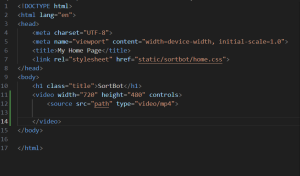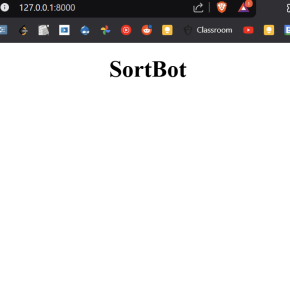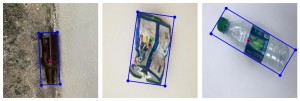The majority of my time this week was spent ensuring the web app’s front end was set up. This involved a considerable amount of research in terms of determining the tools that would be used to build the web app. In setting up the website, I determined that I’d be using Django as the main Python framework for setting up the web app. It utilizes the MVT architectural design, which should provide sufficient capability for the web app. This would also allow for future additions of more interactive features such as controlling and interacting with the robot or counting the number of categorized items in each category(metal, plastic, paper, garbage). I also spent some time experimenting with React but concluded that it is unnecessary for the website’s streaming purposes. I’ve gotten the web app to currently work on local host which is sufficient for our project needs at the moment.
For next week, I intend to complete the web app’s backend capability by having the video streaming component working.
Currently, everything is on schedule.



